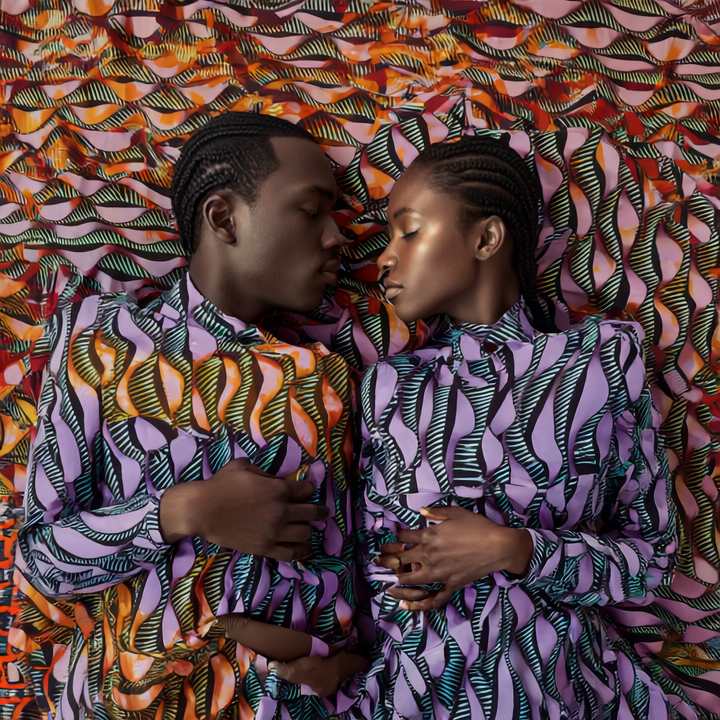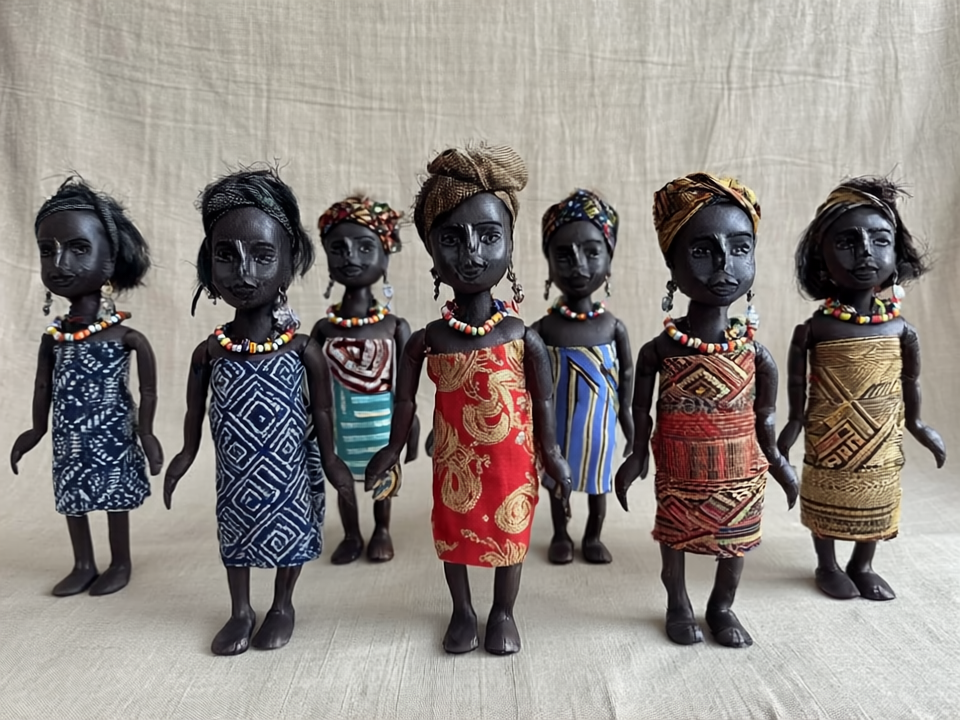
#1. If AI can’t see you, do you exist?
“If AI can’t see you, do you exist?”
It sounds like a riddle, but for millions of people across Africa and the Global Majority, it’s an everyday reality. Entire communities are absent from the data that trains the world’s most powerful language models. Their dialects aren't recognised. Their accents are misunderstood. Their cultures go unreferenced. And in a world increasingly shaped by AI — from job applications to digital services, education to healthcare — invisibility doesn’t just mean being overlooked. It means being left out of the future altogether.
This isn't a question of representation for representation's sake. It's a matter of recognition. Of dignity. Of whether the tools we call “intelligent” are truly built for all of humanity — or just a narrow slice of it.

#2 Linguistic Bias is A Design Choice
At the core of AI is data—and data is never neutral. LLMs are built on the languages with colonial legacies and economic clout, leaving Africa’s vast linguistic wealth largely unseen. The result is a fault line in modern AI, where scarcity of data turns into silence for over a billion voices.

#3. Language belongs to the people, not the platforms
Most AI is built far from the people it affects — but the next frontier of innovation may be Sokoto, Kigali, or Accra. By replacing extraction with co-creation, participatory research networks like Masakhane are turning African languages from “low resource” to high impact. The result isn’t just better models — it’s a new social infrastructure for AI, where trust, representation, and performance scale together.

